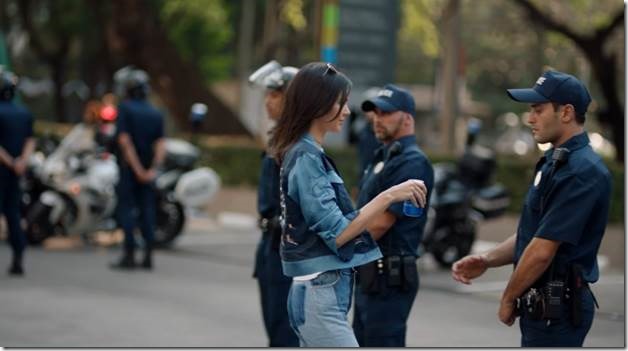Disclaimer: I am not a social media professional. I do not work for an agency, or even freelance. However, I know what doesn’t feel right when I encounter it. Over the next few notes on this topic, I will delve into a few points from a blogger’s perspective. I may be wrong, but, until I drop the mic, I’m ‘Da Man’! Let’s do this!
Part 1 of this “Keeping It Real Series, Influencer Selection 1: Suitability To Task of the Influencer, is here.
Authenticity is of utmost importance to any campaign.
People can see, immediately, if the presented/featured influencer is either inauthentic, or an outright fraud.
One of the most memorable ads I have seen in the past few was one where this lady said “I saw it on the Internet”, whereby she was then asked, “Do you believe everything you read or see on the Internet?”, before her online date showed up, turning out to be a sniveling schlub who had masqueraded as an Adonis on their preferred dating website. (I’m paraphrasing here.)
My point here, is that the Internet allows people to “front”, if I may use the parlance of ‘the streets’.
The onus is on the social agency or social manager to deliver influencers who are relevant to the campaign.
Fail: The influencer with the greatest eyeballs
Focusing just on eyeballs almost allows lazy social managers in the position of trying to defend their choices, especially if their influencer choice is that nazi-sympathizing YouTube doofus called PooPooPie or something. Imagine if your campaign, your job, and your client’s brand are associated with a misogynistic racist like that? Especially after blowing a major part of your budget on him! How do you recover? By explaining to your client that PooPooPie has over 50 million followers on YouTube?
Another Fail: The influencer with the greatest ‘likes’
The article that prompted this blog series – thanks, Becca T.! – mentioned the Pepsi ad with the Cardassian woman. That example is genius, and should be taught in every PR, advertising, or marketing class as primo example of the pitfall of going for eyeballs rather than relevance and authenticity.
The infamous commercial has über-Cardassian doing something stupid with a can of Pepsi, trying to diffuse a street protest a la Black Lives Matter.
In the eyes of Pepsi, this is an authentic street scene.

Apart from the simpering imbeciles at the in-house ad agency that came up with that abominable concept, who, in their right mind, would associate any Khardashian with any sort of activism? Not even Charlie, after an all night crack-binging session with both Bobby & Whitney would think that was possible!
The inauthenticity of that ad killed the campaign immediately, damaging Pepsi’s brand in the process.
This, is what really happened in Ferguson, Missouri.

Let’s take a looksee side-by-side, shall we?

One of these things is NOT like the other, right?
A smarter, ‘woke’ agency would have at least tried to source out the lady in the photo on the right, with a view to getting her to attempt to diffuse what is still a volatile situation in that town.
Barring that, they should have found someone – anyone! – of color with the street cred to make that campaign memorable. But no! Their laziness had them trying to foist a privileged know-nothing on us as an authentic voice of street smartness, and victim of a militarized police oppression.
Yeah. We’re that stupid! Supposedly.
The bottom line is that you cannot use ephemeral standards in determining your influencer.
An influencer well versed in security may be a complete n00b when it comes to gaming. No gamer would listen to that person at all. The same rings true with whenever you try to cross the streams with influencers who have no business being in the room!
Who’s zooming who, right?
John Obeto is CEO of Blackfriars Capital
© 2002 – 2017, John Obeto for Blackground Media Unlimited
